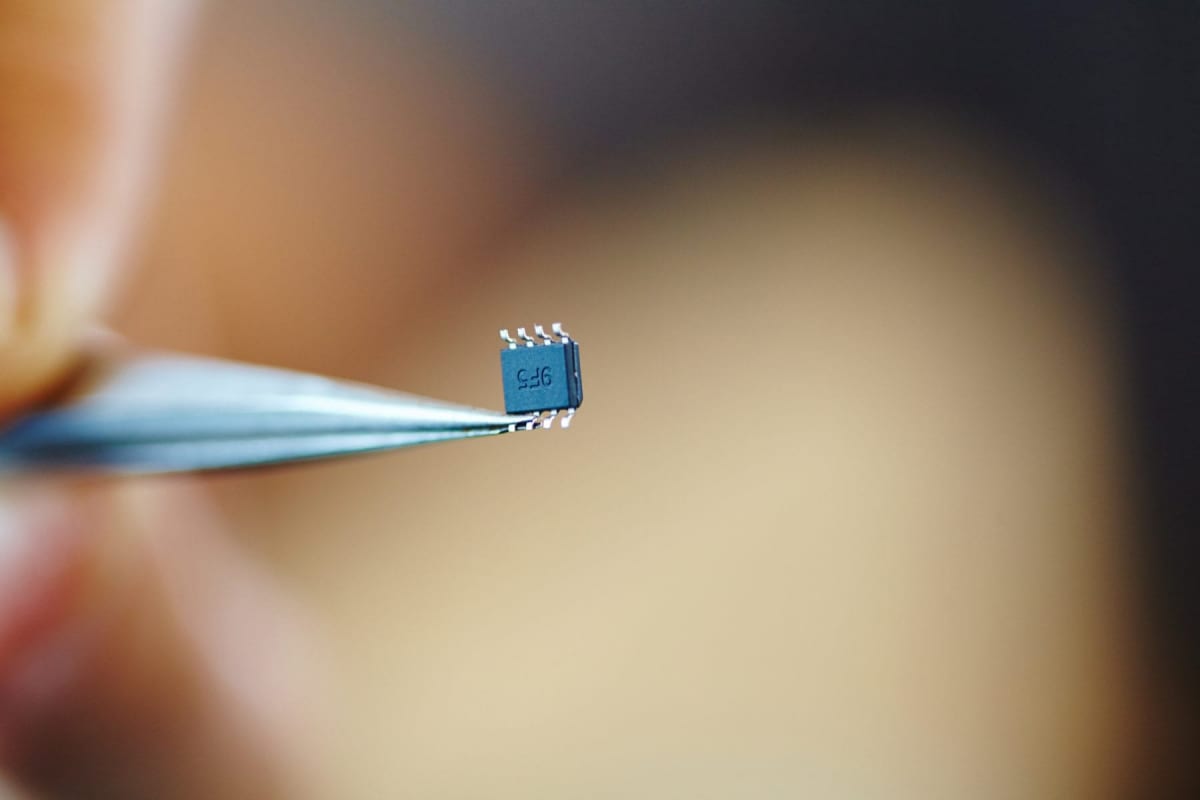As ECU designers know, discrete circuits on today’s PCBs often migrate onto an integrated circuit (IC) in future designs. As more and more functionality goes on-chip, more questions arise about the safe design of those chips. This is especially true as chip designers drive ever-increasing levels of complexity into already complex designs.
ISO 26262 provides safety guidance on all electrical and electronic systems, which certainly includes silicon elements. But the first edition of ISO 26262 doesn’t provide much detailed guidance for digital designers at the IC/IP level. The forthcoming 2nd edition of ISO 26262 includes much more information, and more detailed requirements, for safe design of semiconductor elements. This 2nd edition will include a new ‘Part 11’ of informative guidance on semiconductor elements. This new part of ISO 26262 is based strongly on the ISO-PAS 19451, which is already publicly available.
When considering a digital design, it’s sometimes confusing to understand the full scale of ISO 26262. What elements are really in scope?
Fortunately, with the 2nd edition release, it’s easy to summarize what’s in scope:
- Microcontrollers and SOCs? Yes
- Analog and Mixed-Signal Designs? Yes
- Programmable elements such as FPGAs? Yes
- IPs developed independent of the underlying process technology? Yes
- Software and libraries to support integration of these elements? Yes
- Verification and test activities including fault injection? Yes
Join me and my kVA colleagues as we host a new training event in San Jose, CA, April 10th and 11th. This two-day training session is entitled “Semiconductor Functional Safety Based on ISO 26262”. We’ll describe the requirements for all the topics above, and a few more as well. If you work on digital designs for the automotive sector, chances are you’ll be impacted by this new standard. Training and education can help you prepare for these demands and integrate them into your future innovations.


Jocelyn McDonald
My brother wants to be an ECU designer, and he was talking to me about the difficulty of developing a safe semiconductor. I wanted to learn more about my brother’s passion, and your article had some great information on semiconductors and how they are developed. I had no idea there were so many elements to semiconductors, and I didn’t realize they had had to be tested for things like fault injection. Thanks for the helpful post, I’ll keep this in mind when talking to my brother about his future as an ECU designer. https://unisemgroup.com/package-offerings/wafer-level-packaging/